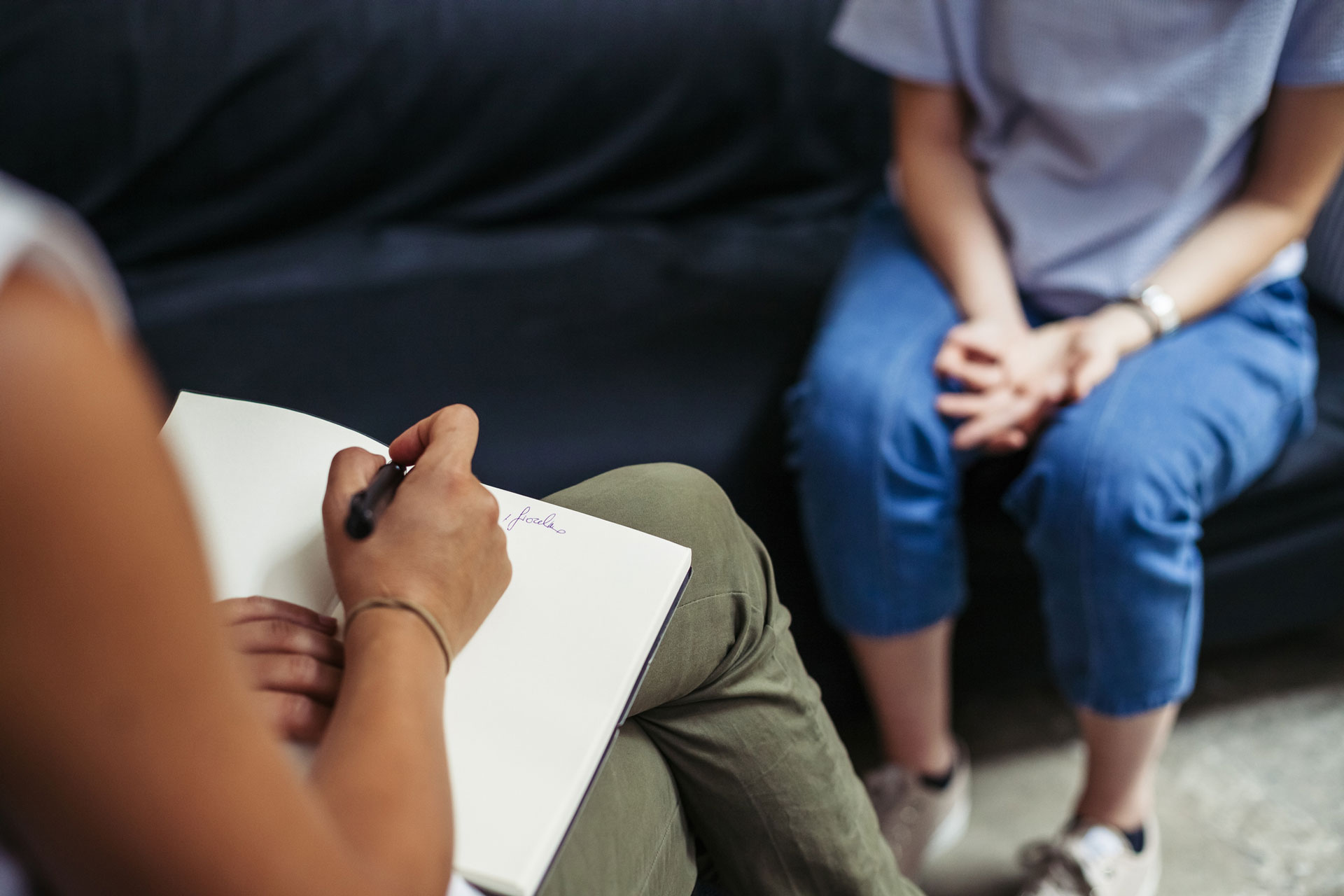Self-harm is more common than many people realise. It’s when a person deliberately hurts themselves through some form of self-injury, often cutting, but also:
- Scratching one’s own skin repeatedly
- Picking at scabs so they don’t heal
- Burning oneself with cigarettes and other items
- Biting, bruising or hitting themselves
- Head-banging
A common misconception about self-harm is that it’s an attempt at suicide. Generally, it’s not. Self-harm is a serious concern where people deliberately hurt themselves as a way of coping with distressing emotional pain. It could be related to relationships, work, school or finances. The self-harm action seeks to provide relief from a ‘terrible state of mind’ and helps release unbearable as well as unrelenting inner tension and pain.
Self-harm shows a lack of other coping skills to handle stressors that a person may experience. Self-harm, however, needs to be taken seriously as it can become a habit or an addiction, a compulsion. This may lead to feelings of hopelessness and possible suicidal thoughts. Not to mention, it can lead to serious injuries, scarring and even accidental death. People who self-harm are at increased risk of attempting suicide.
Children/adolescents who self-harm generally try to hide it. They are often ashamed of their behaviour and worry that people might either be angry with them, reject them or not understand why they’re self-harming.
What to do:
If you think self-harming may be an issue for your child or for someone you know, it’s important to remain calm and be non-judgemental – as often your child/adolescent might not have the words to explain why.
Provide first aid for any injuries in a calm way without fuss. Certainly, obtain medical attention for anything that looks serious. It’s important to show your child that their body is important and worth caring for.
Use validating comments like:
- “I’d like to help you heal those cuts”
- “That sounds really hard” when talking about the self-harming
- “I hear you”
- “I can see that you’re very upset. You might be scared. I’m scared too. Let’s work this out together”.
- “I’ve noticed scars on your arm/thighs. It tells me that you’re very upset. I’m not going to ask you lots of questions – but I do want to help, when you’re ready”.
Obtaining Assistance:
It’s important to express hope to them, especially about their ability to recover and feel better. You can gently suggest that they talk to a professional like a GP or psychologist.
There are also online support services like:
https://www.lifeline.org.au/ Lifeline,
https://kidshelpline.com.au/teens Kids helpline for Teens,
https://youthfocus.com.au/wp-content/uploads/2018/06/YF_Fact-Sheets_SelfHarm.pdf (“Youth focus” Self-harm)
We don’t really have good information as to why self-harming is increasing. Studies indicate that our society is becoming increasingly disenfranchised – there’s an increase in divorce, single parent families, or both parents working and no one home to monitor the children immediately after school (possibly for a couple of hours until closer to dinner time), ask them how their day went. And children are obtaining a lot of information off the internet as opposed from the people that care and love them..
Despite having access to all of this technology and information, children are increasingly reporting feeling a sense of isolation and loneliness that previous generations have not experienced in the past.
Looking after yourself:
And don’t forget to take care of yourself – understanding your own reactions and trying to manage the needs of others often takes a toll.
- Make time for yourself to “recharge your batteries” –
- Perhaps take time out to read a book
- Journal your thoughts and feelings
- Watch tv
- Undertake some physical activity
And if need be, obtain support for yourself if you’re feeling distressed about the effect of the other person’s behaviour has upon you.

